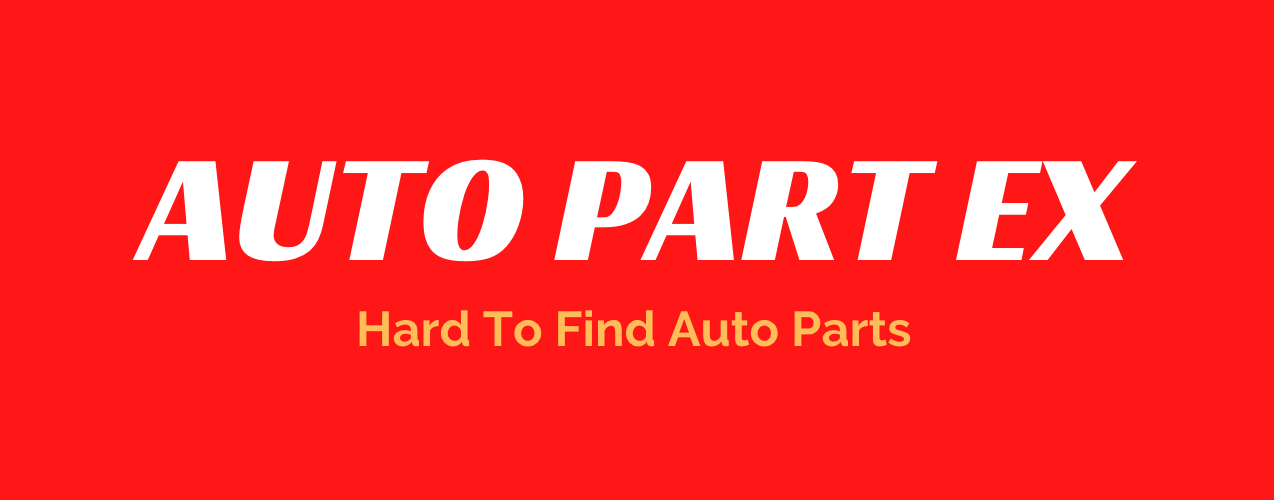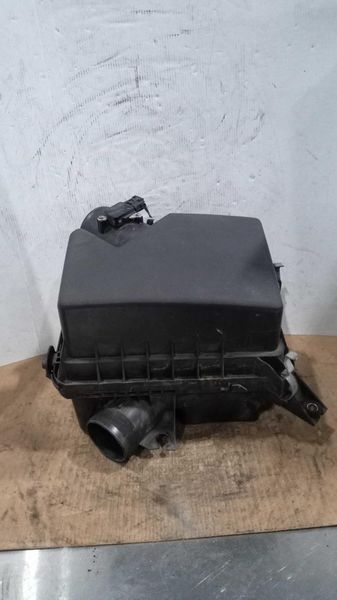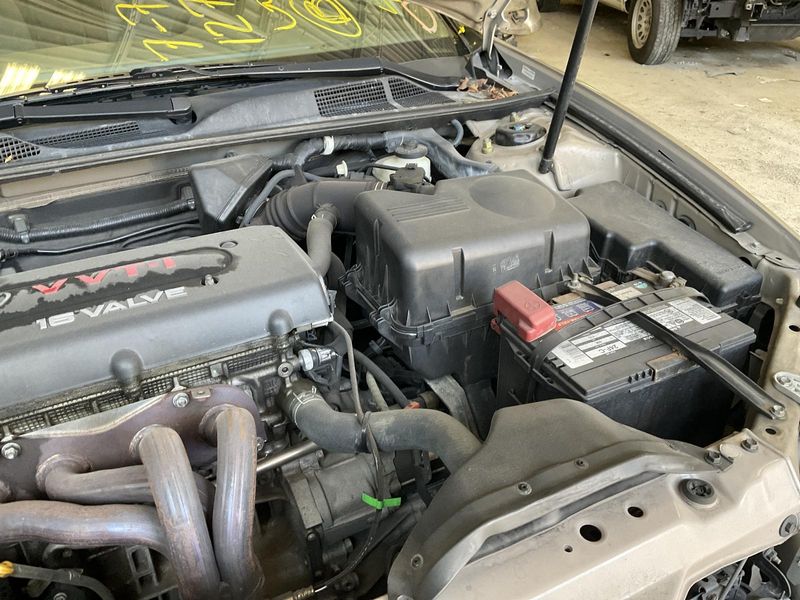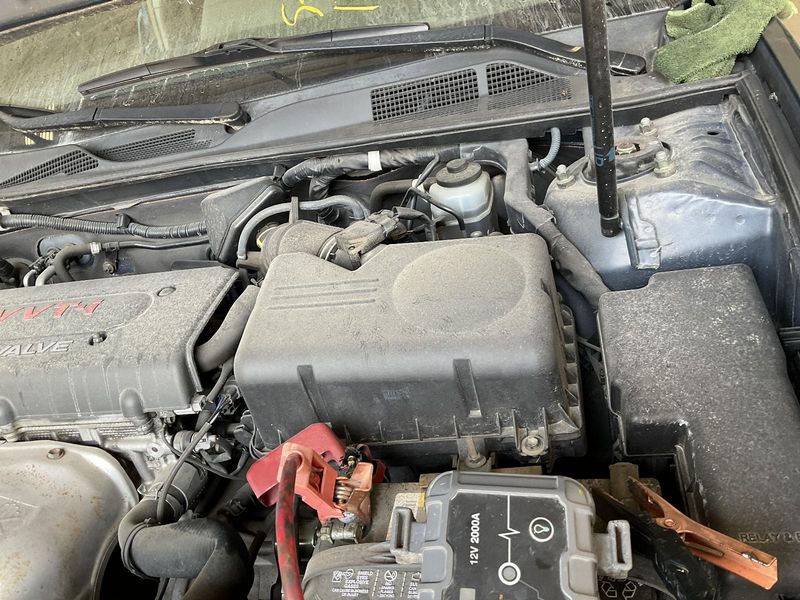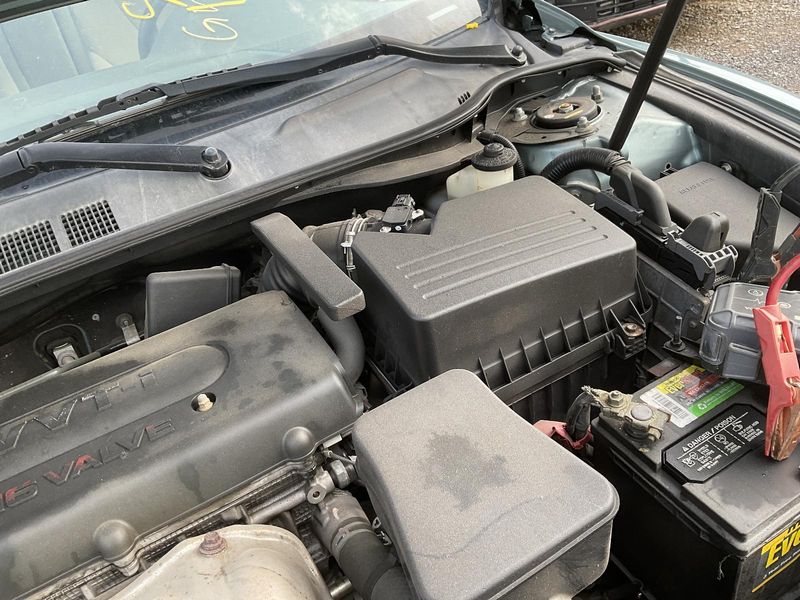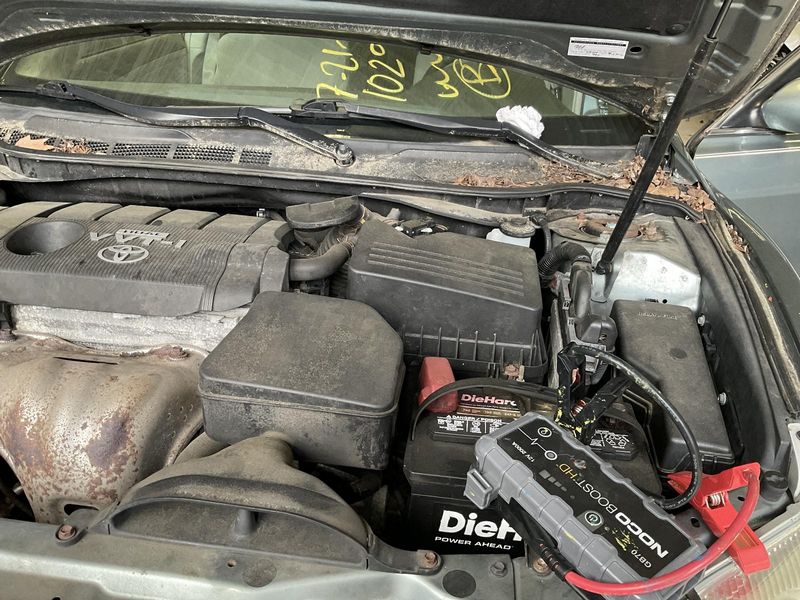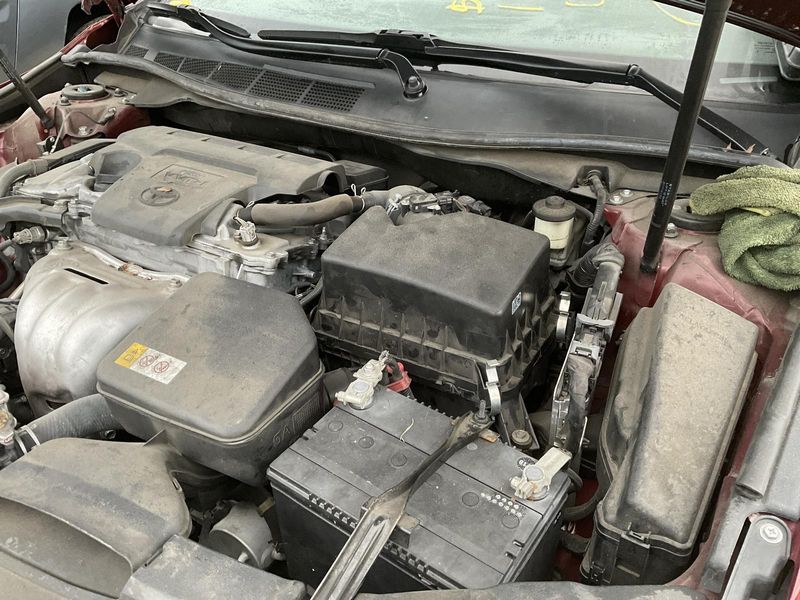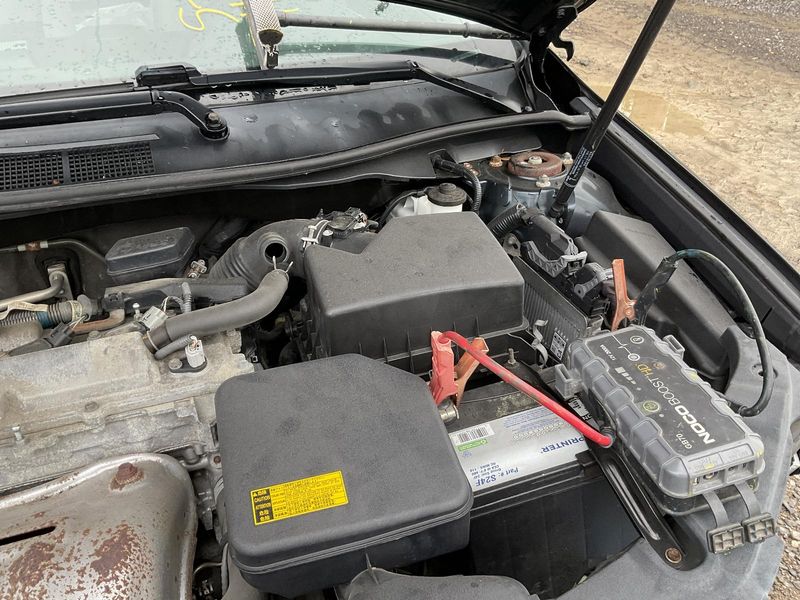Air Box/Air Cleaner
Air Box & Cleaner Systems: Managing Engine Breathing the Right Way
Every combustion event starts in the air box. That sealed housing meters how much air reaches the filter, the mass air flow sensor sensor, and eventually the combustion chambers. When the box is engineered correctly, it keeps water, dust, and intake resonance out while feeding the engine with perfectly measured airflow.
Most owners only think about the air box when swapping filters, but the box itself controls noise, temperature, and pressure balance. Removing resonators or leaving clamps loose lets unmetered air sneak past the sensor and throws fueling off by as much as 10%, even if the filter looks clean. On older platforms, cracked snorkels can starve carburetor setups or overload the throttle body.
The fix is thoughtful airflow management. Inspect the housing, verify duct seals, and match the filter media to your driving environment. When upgrading to an intake manifold swap or a cold-air kit, retain provisions for the mass air flow sensor, crankcase ventilation, and rain drainage. AutoPartEx catalogs OEM housings, performance snorkels, and even sealed systems for off-road rigs so you can tailor airflow without sacrificing engine protection.
Filters & Navigation
Showing 12 of 840 products
Building a Reliable Intake Strategy
How the Air Box Sets the Air-Fuel Equation
Engine computers assume the air box maintains laminar flow before air hits the mass air flow sensor. Upsetting that path with leaks or poorly placed sensors creates turbulence that confuses the ECU. Carbureted or throttle-body setups respond differently: pressure waves inside the air cleaner can upset fuel stand-off unless the snorkels and lid height are correct.
Failure Patterns to Watch
Small defects inside the housing have big performance impacts:
- Loose latches or warped lids let in dust that coats the MAF film or the throat of the carburetor.
- Oil-soaked gauze filters contaminate hot-wire sensors and lead to rich-running complaints.
- Collapsed intake snorkels starve the engine at high RPM, showing up as lean codes and power loss.
- Missing resonators cause intake droning and can trick adaptive fuel trims because of pressure pulses.
Choosing OEM, Performance, or Carburetor Housings
Match the air box to your power goals and environment:
- Daily drivers should stick with sealed OEM boxes that balance noise, water ingestion, and filter capacity.
- Performance builds benefit from cold-air kits that relocate the inlet but still provide a housing for the mass air flow sensor and IAT sensor.
- Classic carb setups often pair the air box with a snorkel or ram-air lid to keep fuel stand-off under control.
- Off-road rigs need snorkels and pre-filters tied into the box to keep mud out while maintaining factory water fording depth.
Inspection & Replacement Checklist
Use this process whenever the intake is apart:
- Check every rubber coupler for cracks and ensure the air tube / resonator is clear.
- Clean the drain ports so water exits before reaching the filter.
- Seat the filter evenly and torque the air-box bolts to prevent lid distortion.
- If converting from air box to open-element intake, retune the ECU or re-jet the carburetor to match the new airflow.
